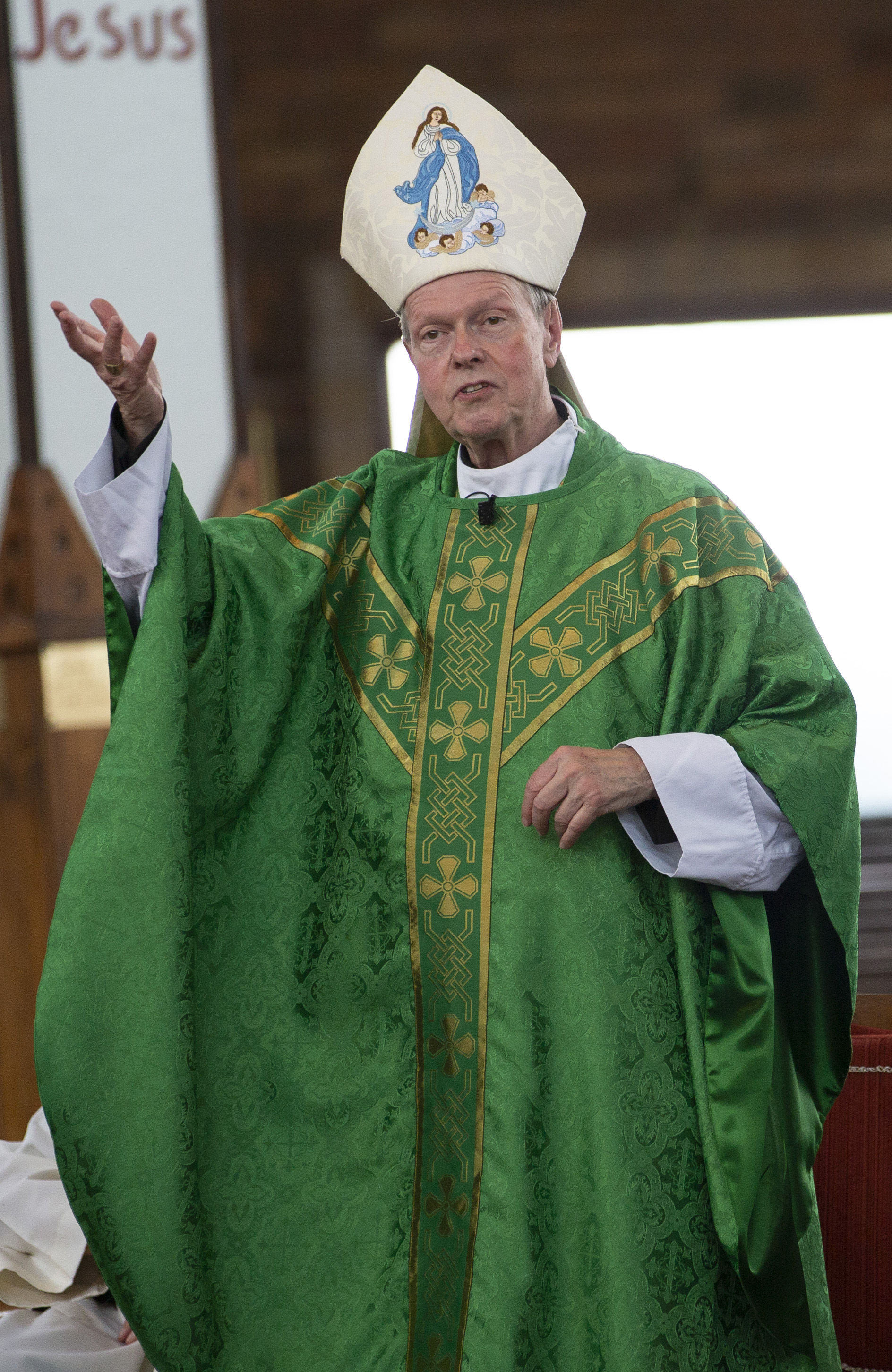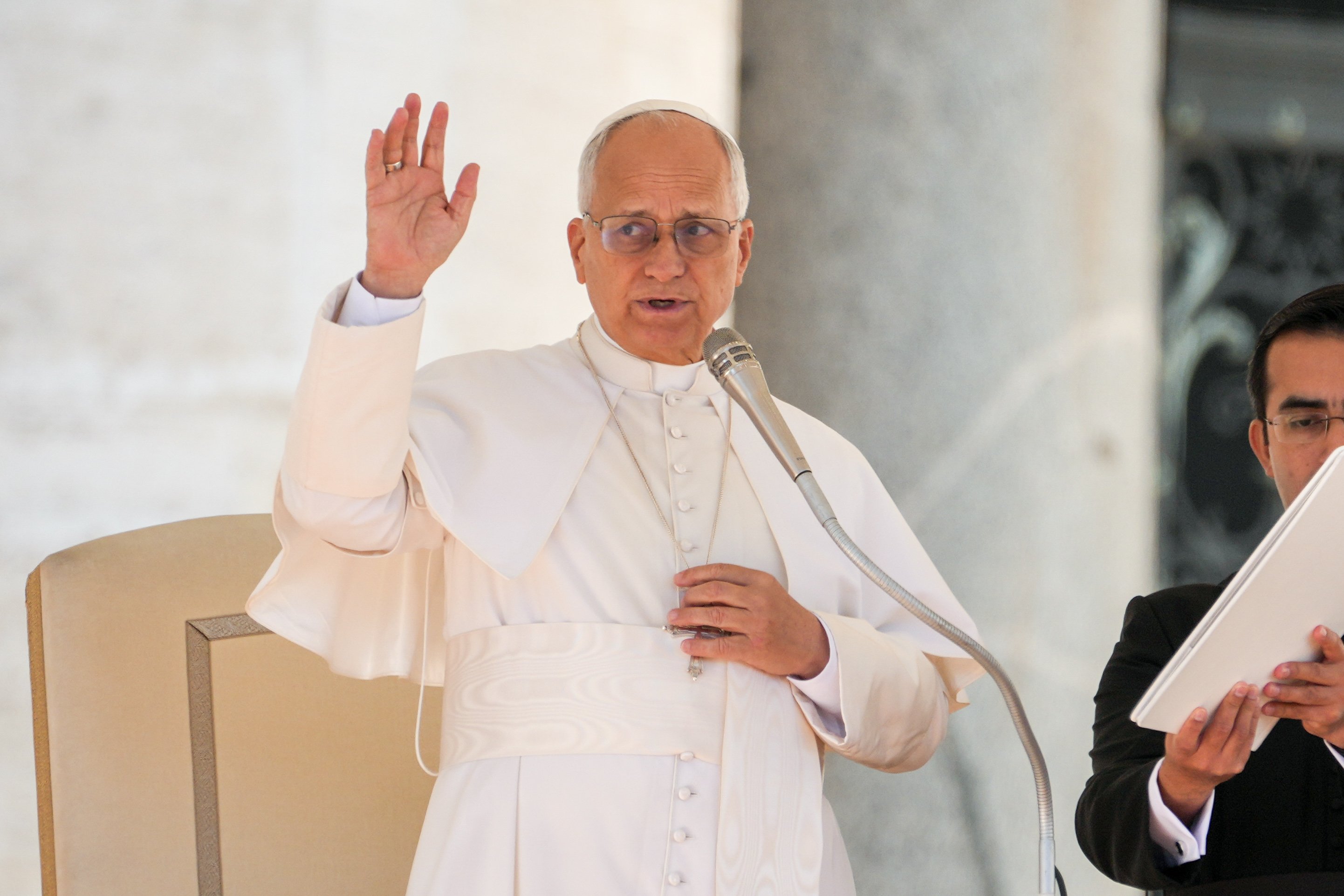April 6, 2018 at 1:53 p.m.
REFLECTION
Remembering a WWII childhood
Coincidentally, I recently had the good fortune to speak with a gentleman from Latvia, the small Baltic country between Estonia and Lithuania. He spent his disrupted boyhood in the middle of tumultuous events of World War II: the occupation of Latvia by the Red Army, then by Germans, then by the reoccupying Soviets.
For most of its existence, Latvia was a part of Russia. The capitol, Riga, is reputed to be the home of the first Christmas tree, decorated in the 16th century. The people celebrated Christmas with small gifts and fragrant foods: brown peas with bacon, cabbage and sausage. Exquisite ornaments made from simple straw left in the fields after the harvest adorned the Christmas trees.
John Lubis of Clifton Park was only eight years old when the Soviet Red Army invaded Latvia in 1940. Born in Riga, he lived with his parents and younger sister, Irene, in Rezekne, a village near the Russian border.
Many Latvians refer to the occupation by the Red Army in 1940 as the "Year of Terror." The Soviets deported thousands of Latvians to Siberia, where they worked and died under harsh conditions. Thousands escaped a future in Siberia by heading for the Latvian coast and finding boats out of coastal cities like Liepaja, then escaping through Sweden.
When John was nine years old, in 1941, German troops invaded Latvia to expel the Soviets. The Red Army returned in force in 1944.
When John's village was bombed, the Lubis family joined the thousands displaced into the "refugee zone" in Germany, where they lived in Displaced Person camps, known as DP camps. Refugee zones were run by the British, French and Americans. John and his family remained together within the American zone in refugee camps in Germany for four years.
DP camps might be converted barracks, abandoned factories or even concentration camps - less than ideal places to spend a childhood. Yet some places were happy in unusual ways.
The first camp, a spacious old monks' cloister, fed the family rice and raisin soup every day. After a few months, they moved to a room in a hospital, where John's parents worked - but after it was bombed in 1944, the family moved to the barracks of a prisoner of war camp, still in the American zone.
It is a gift of childhood to find pockets of goodwill amid so much confusion. Many fleeing the Red Army were professionals, so the DP camps contained talented doctors, engineers and teachers, organized classes and theater. John's exposure to America - in Life and Look magazines - began in the camp canteen. He was tutored in English, played soccer and ran cross-country. His father, an ambulance driver, found work as a driver for the Americans.
During World War II, the United Nations Relief and Rehabilitation Administration (UNRRA) distributed billions in goods, clothing, food, shelter and medicine. It was supposed to help displaced persons return to their home countries - yet, when the Soviet Army reoccupied Latvia, John's family suspected they might never return home.
The Molotov-Ribbentrop Pact swallowed Latvia into the Soviet system. Latvia would not reemerge as an independent republic for 50 years, until the collapse of the Soviet Union.
With help from UNRRA, Latvians living in DP camps were offered opportunities to resettle in Great Britain, Canada, Australia and the United States. Britain preferred men to work in their coal mines; Canada wanted women as domestics - but Australia and America accepted entire families. John's uncles decided to go to Australia, and John's family looked to a future in the United States.
When a farmer in Richmond, Va., sponsored them, the Lubis family came to America. John used his English skills to translate for his family in the new community. In less than a year, the Lubis family located friends in Albany, and John began his life in Clifton Park - where he met his late wife, Mara Paegle.
Latvia remained part of the Soviet Union until 1990. When it reemerged as the Republic of Latvia, John and his daughter, Stephanie, returned - but just to visit. Home is here now.
(Dr. Dean is a parishioner of St. Joseph's parish in Troy.) [[In-content Ad]]
SOCIAL MEDIA
OSV NEWS
- Supreme Court sides with Trump administration to temporarily block full funding for SNAP
- Former diocesan fundraising director indicted on wire fraud for alleged 6-figure theft
- Love is key to church’s mental health ministry, says bishop who lost family to suicide
- Caring for creation is part of peacemaking, pope tells COP30
- Security for Syria’s religious minorities is disastrous, say religious freedom advocates
- New ‘Nuremberg’ thriller examines capacity of ordinary men to commit extraordinary evil
- A pastoral reflection on voting rights and the call to justice
- Texas bishops: Court’s order on DACA ‘undermines’ right to work, support a family
- Pope Leo XIV urges Catholic technologists to spread the Gospel with AI
- Ohio bishop ends funeral visitations in churches, citing liturgical directives







Comments:
You must login to comment.